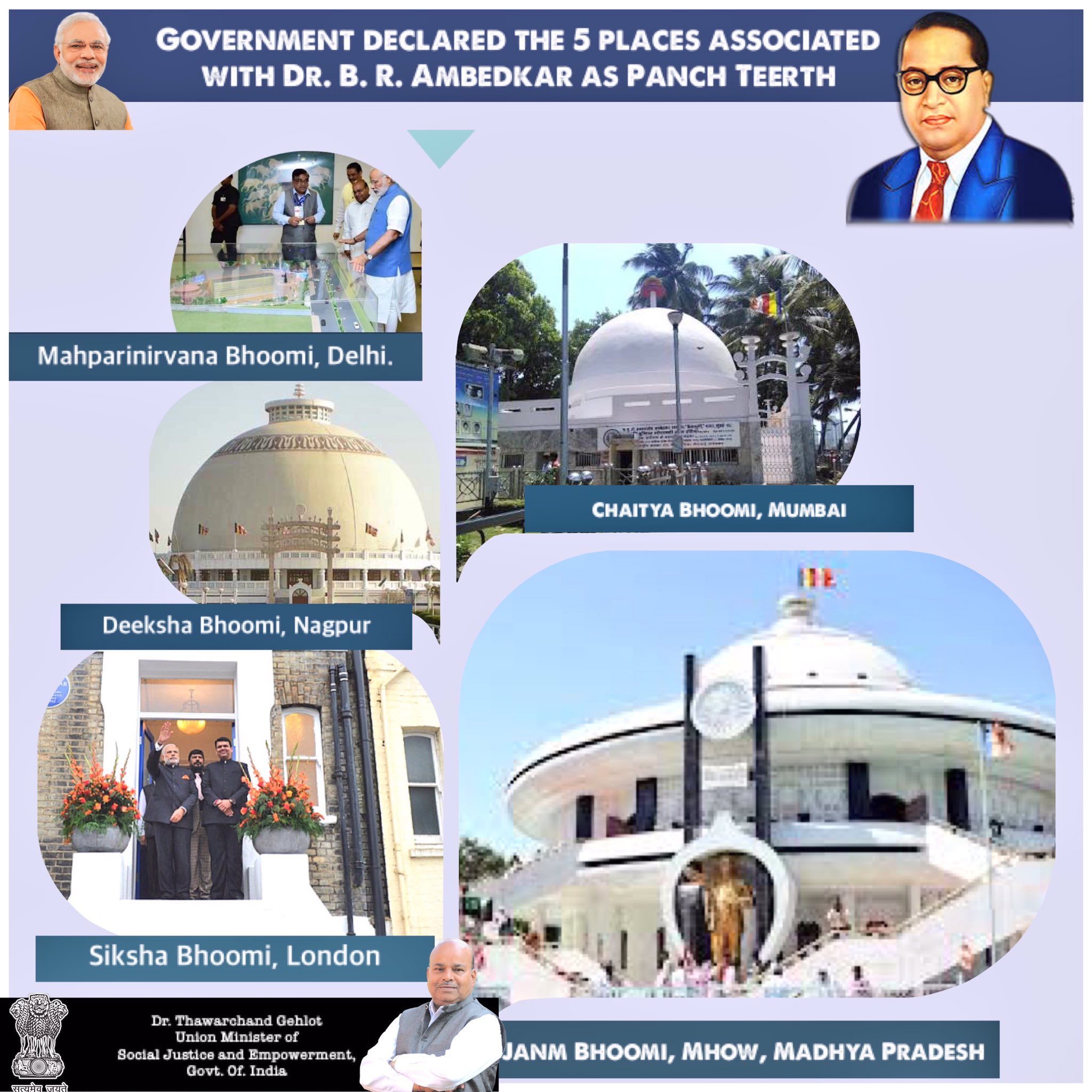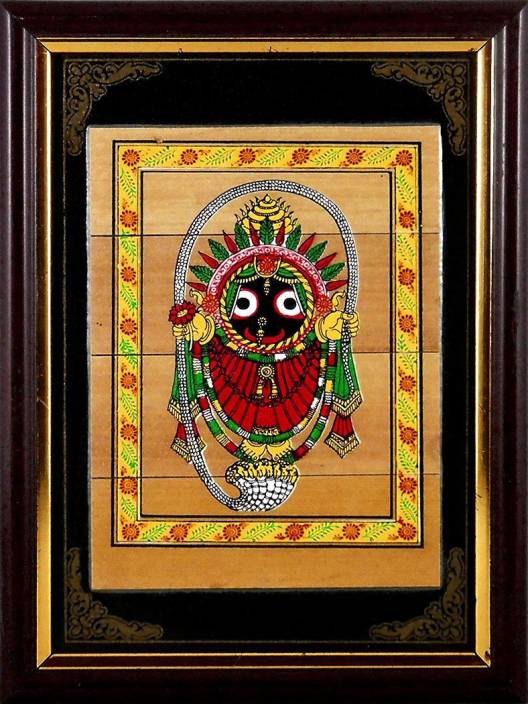900 319 0030
enquiry@shankarias.in
Dr. B R Ambedkar’s Birth Anniversary
Panchteerath

Round Table Conferences
Yanomami Tribes
Meru Jatra Festival
Pattachitra Painting

Interoperable Set Top Boxes
Telecom Regulatory Authority of India
Source: The Hindu, Indian Express